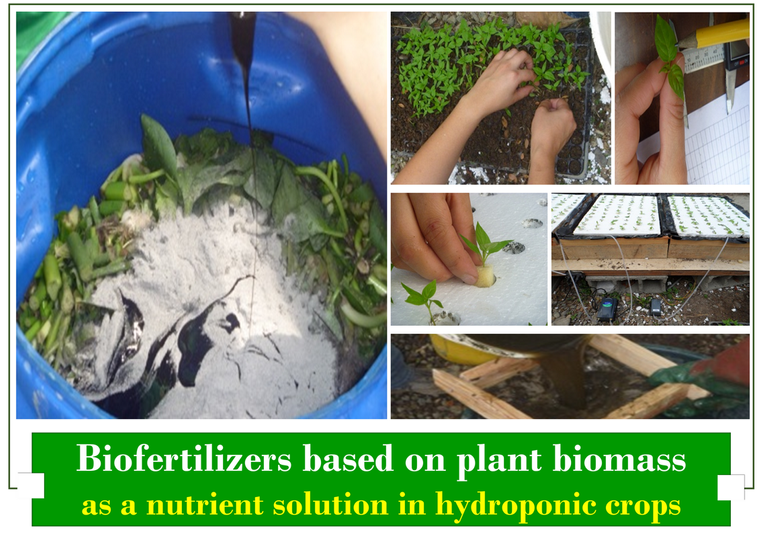
Greetings to all users of the academic communities of the #HIVE platform, especially to my friends and members of #STEMsocial, in this opportunity, I will share with you an unpublished material on the technological utility of Eichhornia crassipes, as a liquid biofertilizer and its agronomic use as a nutrient solution in hydroponic crops.
Introduction
At present, the use of ecologically viable agricultural biofertilizers has become a scientifically valid sustainable option for agriculture, due to the efforts of the scientific community in the constant search to solve the growing dependence on the use of synthetic products.
Basically, this dependence on the use of synthetic products is part of the monopoly that has been established since the emergence of the so-called green revolution, whose technologies have historically caused negative impacts, affecting natural resources, causing risks to human health, threatening the survival of species in the fauna and flora ecosystems, and most alarmingly, deteriorating biodiversity and soil fertility.
The situation described above has led to an inclination of agricultural activity towards the development of an agriculture more in line with practices that respect nature, that does not compromise the health of producers and consumers, that is socially, economically and ecologically fair, profitable and healthy, hence the objective of this publication is to promote this type of ecological approach.
Conceptual Overview
Agricultural potential of biofertilizers
Among the existing possibilities to produce safe food free of chemical traces, and at the same time avoid soil loss, is the use of biofertilizers as an ecological fertilization practice, since these organic products provide the following advantages:
- They contain humic substances, essential for the absorption of nutrients.
- They are a mineral source of nutrients, which promote metabolic reactions in vegetables.
- Control the populations of pathogenic microorganisms, qualified as harmful in the phenological, growth and development stages of agricultural crops.
Hydroponics as an ecological alternative
Hydroponics is considered as another ecological practice that provides advantages in the reduction of soil loss and deterioration, because its production system does not depend on heavy machinery, does not require large extensions of land, provides a higher productive quality and shortens harvest cycles.
Generally, hydroponics as an agricultural technique is used in the production of vegetables, becoming an alternative for producers to produce healthy and nutritionally acceptable food.
Consequently, and based on what has already been exposed in this first part of the post, the main purpose of this article is to know the physical-chemical and chemical quality of three doses of liquid biofertilizers, based on the Aquatic Macrophyte Eichhornia crassipes, and its effect on morphophenological variables of growth and development, in addition to the nutritional status of chilli bell pepper (Capsicum chinense Jacq.) seedlings under hydroponic conditions.
Agro-morphological field study
Experimental aspects
The research was carried out under hydroponic conditions in the nursery of the Botanical Garden of the Universidad Nacional Experimental Sur de Lago "Jesús María Semprum" (VIJAUNESUR), located in the Municipality of Colón, Zulia State..
The methodology used was developed in two phases; In the first phase, the biofertilizer was elaborated in an artisanal way, in a process of Anaerobic Fermentation for 90 days and in the second phase, a field trial was carried out where 3 doses of biofertilizer (100, 75 and 50%) and a control (inorganic nutrient solution) were used in a hydroponic system, with sweet bell pepper plants, the experimental design was in randomized blocks with three replications, each plant subject to study represented an experimental unit.
Materials
- 50 kg of Eichhornia crassipes
- 25 kg of cattle manure
- 1 kg of yeast (Saccharomyces cerevisiae M.)
- 1 liter of molasses
- 1 kg of agricultural lime
- 1 kg of wood ash
- 1 liter of bovine milk whey
- 1 tonel of 200L
- 1 plastic bottle
- 1 hose of 1.5 mts
Preparation of Biofertilizer
Cutting of plant material
With the help of VIJAUNESUR technical staff and interns, 50 kg of fresh plants of E. crassipes, were collected and cut into 2.5 cm pieces to facilitate their decomposition.
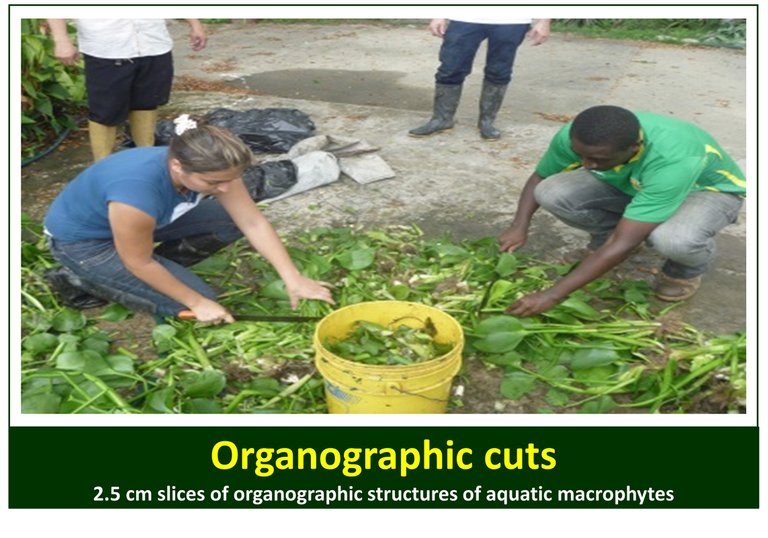
Fig. 2 Organographic cuts. Author: @lupafilotaxia.
Raw material mix
In a plastic barrel of 200 liters of capacity, 50 kg of Bora were added, and 25 kg of fresh cattle manure, 1 kg of ash, 1 L of molasses, 1 L of sweet whey, 1 kg of agricultural lime, 1 kg of yeast, these materials were mixed in water to complete the 200 L of total volume of the barrel.
The resulting mixture was then hermetically sealed to start the fermentation process, the lid of the barrel was fitted with a valve 5 cm long and 2 inches in diameter, coupled to a transparent hose 1 m long, which allowed the gases generated during the fermentation process to escape, and at the other end of the hose, a plastic bottle with water was placed.
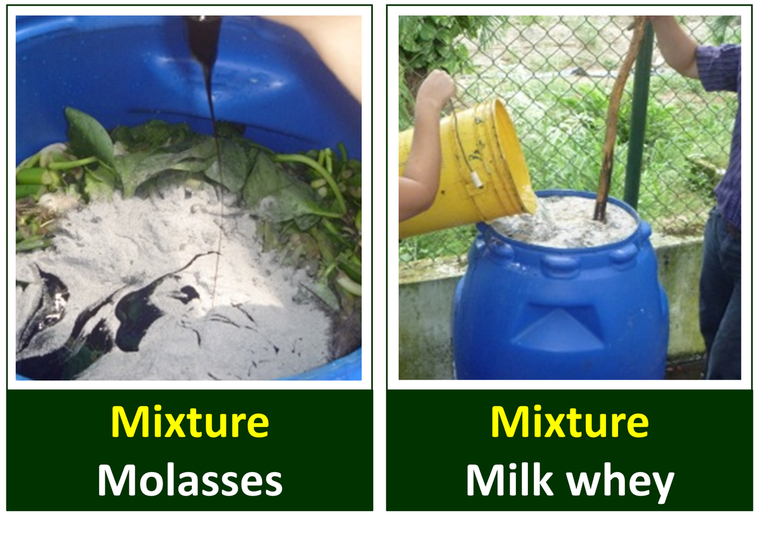
Fig. 3 Molasses and whey mixture. Author: @lupafilotaxia.
Waste filtration
The biofertilizer was left in incubation for a period of 90 days, after which time it was uncovered and filtered through a sieving mesh in order to eliminate solid residues and to be able to use the resulting liquid bioproduct as a nutrient solution in hydroponics.
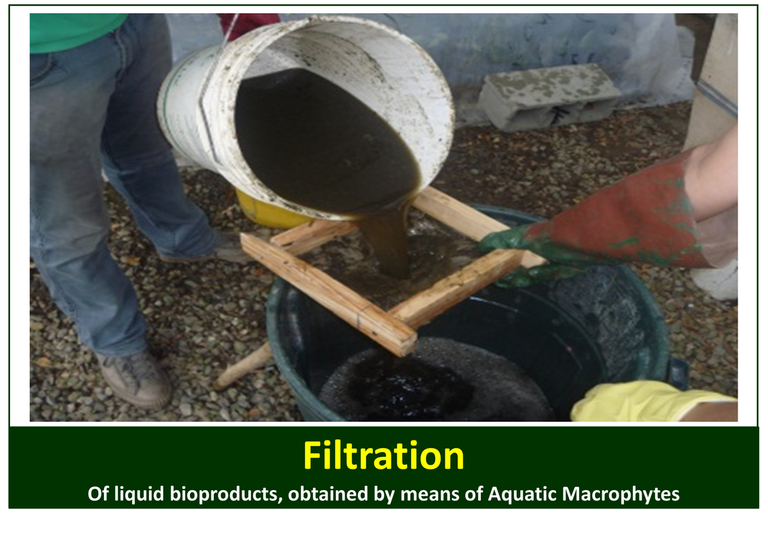
Fig. 4 Filtration ff liquid bioproducts, obtained by means of Aquatic Macrophytes. Author: @lupafilotaxia.
Establishment of hydroponic pools
The establishment of the hydroponic pools was carried out in a wooden container (40 cm x 60 cm x 15 cm), on the surface of the soil, previously leveled, then proceeded to waterproof with black polyethylene plastic, which was placed the nutrient solution to about 10 cm high and on top of this an anime sheet.
Subsequently, holes were made in the anime plate with a galvanized tube of 1.5 cm in diameter, the distance between holes was 5 cm, this plate floated on the nutrient solution; and at the same time supported the sweet bell pepper plants (Capsicum chinense Jacq).
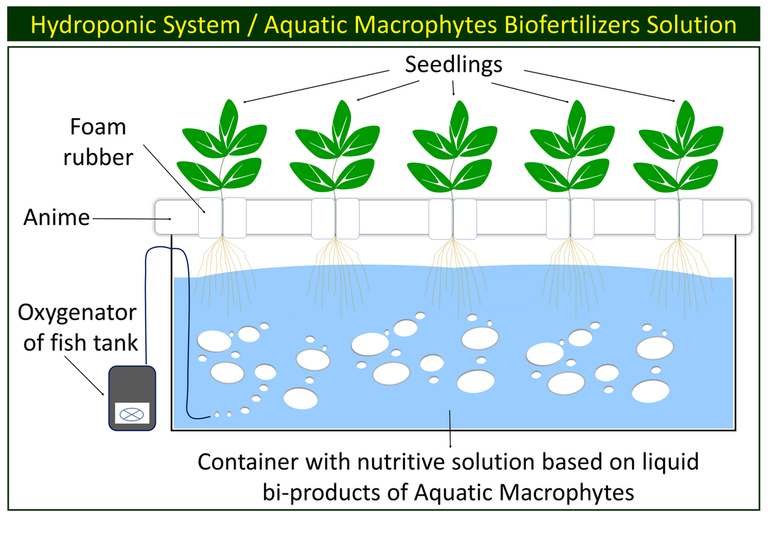
Fig. 5 Hydroponic System / Aquatic Macrophytes Biofertilizers Solution. Author: @lupafilotaxia.
Nursery seedling selection
The seedlings used were extracted from seedlings located in the UNESUR nursery area.
Seedling placement
Before placing the seedlings in the containers, first the roots were washed, then they were wrapped at the root collar level with a piece of foam rubber, so that they would be fastened in the hole of the anime plate, so that the roots were submerged in the nutrient solution.
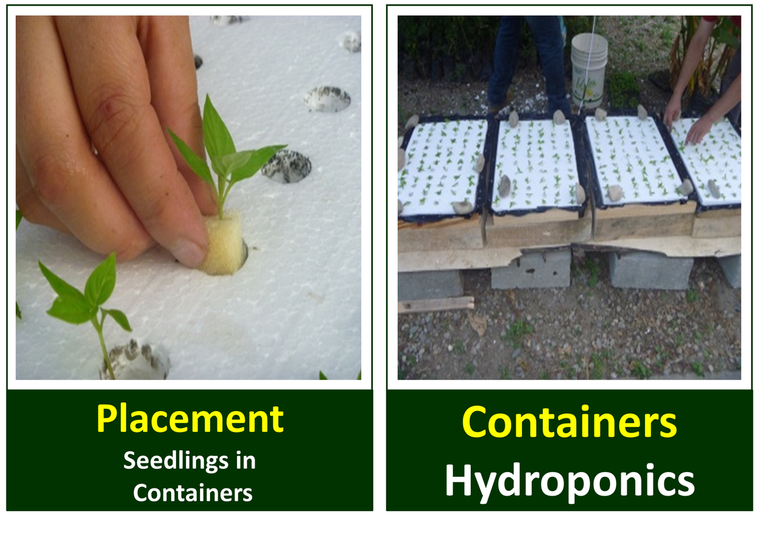
Fig. 6 Placement of seedlings in containers. Author: @lupafilotaxia.
Process oxygenation
For the aeration of the biofertilizer, fish tank oxygenators were placed in order to maintain the oxygenation of the liquid bioproducts based on the Aquatic Macrophyte Eichhornia crassipes.
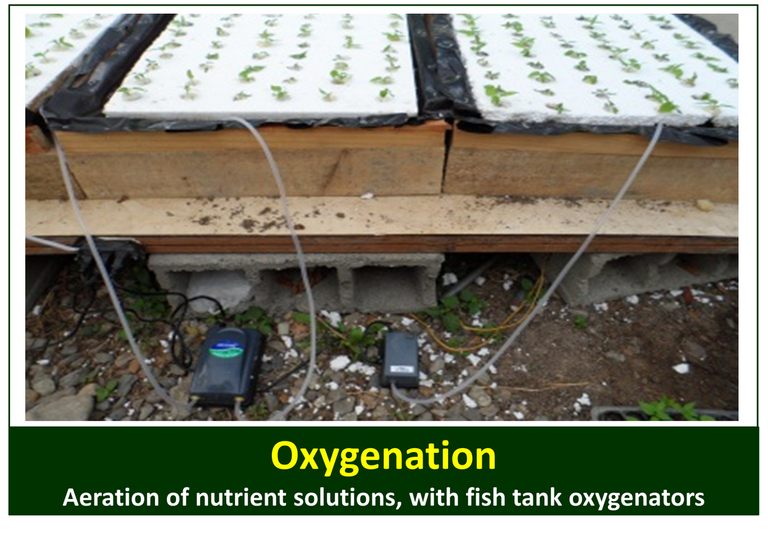
Fig. 7 Oxygenation - Aeration of nutrient solutions, with fish tank oxygenators. Author: @lupafilotaxia.
Sampling and analysis
Samples were collected weekly, the variables to be recorded were: root length, stem length, stem diameter, number of leaves, fresh weight, dry weight and dry matter percentage.
On the other hand, the biofertilizers obtained were subjected to the following physical-chemical and chemical analyses: pH, electrical conductivity, organic matter and percentage of mineral elements (nitrogen, phosphorus, potassium, calcium, magnesium) following the methodology described in [5].
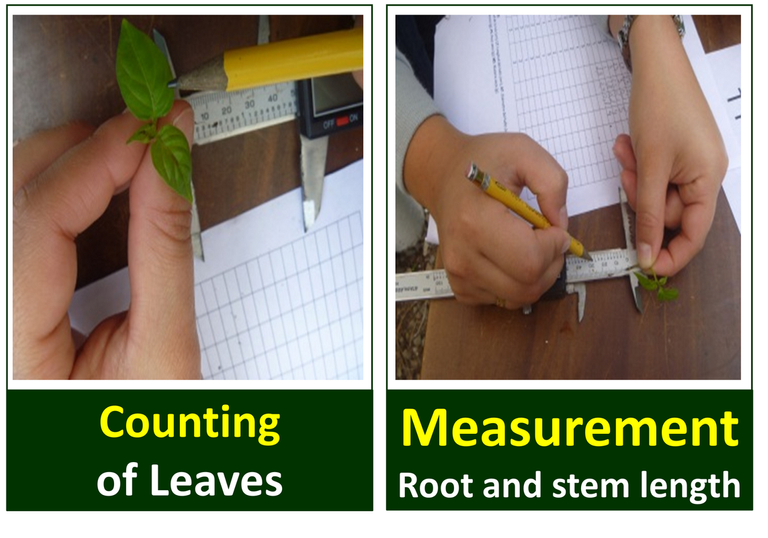
Fig. 8 Sampling and analysis. Author: @lupafilotaxia.
Interpretive results
Morpho-phenological responses
The morphophenological monitoring showed a better response in the seedlings that were in the container with commercial nutrient solution, compared to the rest of the biofertilizers based on Bora, these differences are probably due to the low values of nitrogen and calcium reported in the T1, T2 and T3, since nitrogen participates directly in the photosynthetic reactions and calcium is of vital importance in the division by mitosis.
Tabl1 1 Comparative values of electrical conductivity and pH present in the nutrient solutions obtained during the process of elaboration of the Bora-based biofertilizer vs. the commercial solution used as control (Formula 1 (FAO).
| C.E | ||||
| pH |
In relation to the excess of potassium (K) in the biofertilizers, this did not cause any damage in the morphophenological response of the seedlings, however it is considered that the high percentage of potassium found in the liquid bioproducts of Bora, could interfere in the absorption and physiological availability of nitrogen (N), calcium (Ca) and magnesium (Mg) by antagonisms with these mineral elements, calcium (Ca) and magnesium (Mg) due to antagonisms with these mineral elements, this statement is made on the basis that yellowing was observed in the leaf tissue of young and old leaves, characteristic symptoms of N and Mg deficit according to [1].
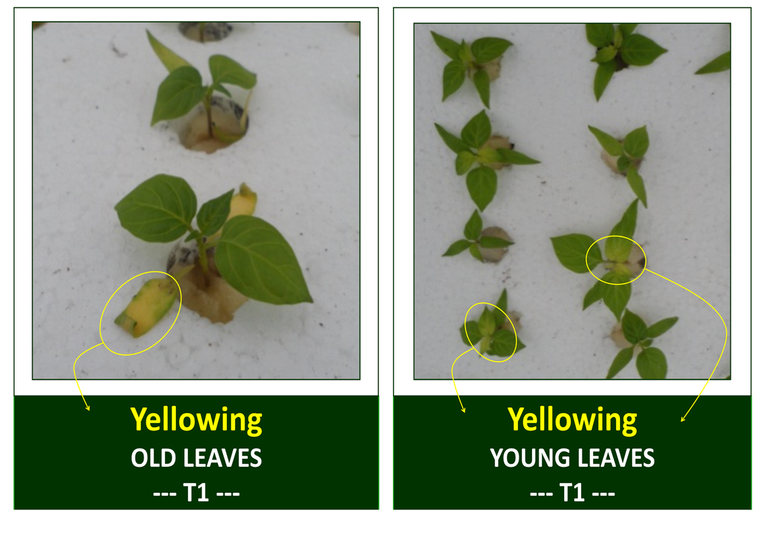
Fig. 9 Characteristic symptoms of N and Mg deficiency. Author: @lupafilotaxia.
Table. 2 Macro and micronutrients present in the nutrient solutions obtained during the process of elaboration of the biofertilizer based on Bora vs. the commercial solution used as control (Formula 1 (FAO).
| Total nitrogen | ||||
| Phosphorus | ||||
| Potassium | ||||
| Calcium | ||||
| Magnesium | ||||
| Organic matter |
Interpretation of results
The electrical conductivity (EC) values found in treatments 1 (T1) and 2 (T2) presented an EC between >7.58 and 5.68, which shows a high salinity in the biofertilizers, a condition that indicates that the materials used have a high amount of salts, while treatment 3 (T3) obtained a value closer to the normal value referenced between 1.5 to 3.0 dS/m (adequate range for optimal crop growth).
With respect to pH, it was observed that in the three doses of biofertilizers a pH >7.4 was obtained, a value that complies with the requirements established in the quality standards, considering that pH values close to 7 in the case of liquid fertilizers favor crop growth.
The results of the chemical analysis of the biofertilizers, generated by mixing Bora, bovine manure, yeast, molasses, agricultural lime, whey and wood ash, showed that T1 had a high potassium content, while T2 and T3 had a normal potassium content, within the normative parameters of quality, the normal values of potassium are between 1.5% and 3.0%, while the absolute control (T0) had a very low potassium content of 1.5% and 3.0%, and the absolute control (T2) had a very low potassium content.
CONTRIBUTIONS OF THIS PUBLICATION
- The liquid biofertilizers obtained from the Aquatic Macrophyte Eichhornia crassipes, present physicochemical and chemical values that place them within the quality ranges of organic products, this indicates that they can be used as a nutrient solution in hydroponic systems, however, it is recommended the addition of plant materials that provide higher % of nitrogen, in order to avoid yellowing in the leaf tissue.
- The high percentages of potassium found in liquid biofertilizers based on Bora, makes them a good organic source for fertilization programs of crops with high requirements of this nutrient, such as the Musaceae family.
BIBLIOGRAPHICAL REFERENCES CONSULTED AND CITED:
[1] Tomer S., Chandra D., and Goel R Biofertilizers: A Timely Approach for Sustainable Agriculture. Plant-Microbe Interaction: An Approach to Sustainable Agriculture. Article: Online access
[2] Rochimi M., Fauziyyah H., Suryatmana P., and Hindersah R application of inorganic fertilizer and Bio-fertilizer on chlorophyll content, pH, and leaves number of Pak choi (Brassica rapa L.) in Hydroponics. Article: Online access
[3] Samarakoon A., Weerasinghe P., and Weerakkody W Effect of Electrical Conductivity [EC] of the Nutrient Solution on Nutrient Uptake, Growth and Yield of Leaf Lettuce (Lactuca sativa L.) in Stationary Culture. Article: Online access
[4] Hernández M., López C., Rodríguez N., and Velasco J. Nutrient content of fermented fertilizers and its efficacy in combination with hydrogel in Zea mays L. Article: Online access
[5] TMECC US Department of Agriculture. Test methods for the examination of Composting and Compost. Article: Online access
[6] FAO. Food and Agriculture Organization of the United Nations. Article: Online access
ATTENTION
Readers and followers
If you wish to read more scientific articles in English or Spanish, of excellent academic quality, do not hesitate to visit #STEMSocial and #STEM-espanol, communities that promote scientific content mainly in the areas of Science, Technology, Engineering and Mathematics.
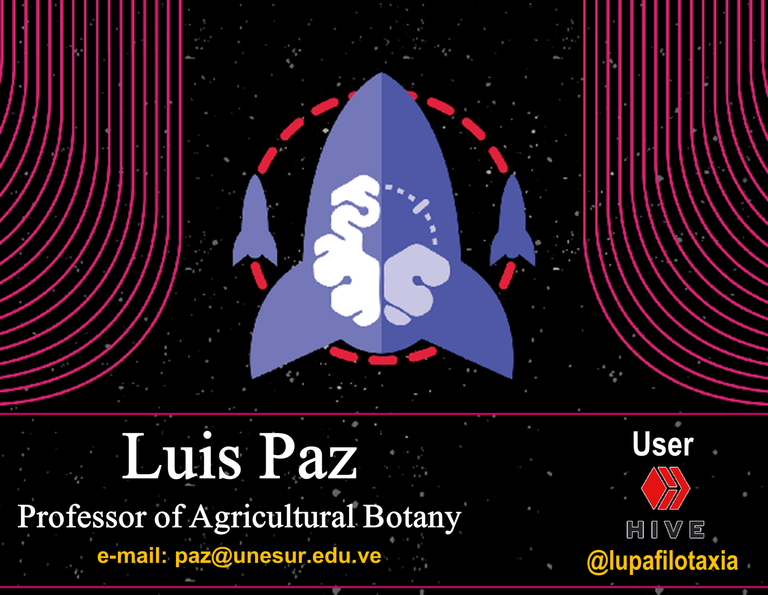
Thanks for your contribution to the STEMsocial community. Feel free to join us on discord to get to know the rest of us!
Please consider supporting our funding proposal, approving our witness (@stem.witness) or delegating to the @stemsocial account (for some ROI).
Please consider using the STEMsocial app app and including @stemsocial as a beneficiary to get a stronger support.
Hi @lupafilotaxia! This is quite an indepth study on biofertilizers, it's importance to our ecosystem and health as well as the preparation processes.
This article is a treasure and I have bookmarked it for more study. I'll say biofertilizers are a much better improvement to the use of synthetic products to grow our foods.
Though in most part of the world, synthetic products are still used in agriculture. The effects are dangerous not only on our health but also on our environment as well.
This is excellent work. Thank you for sharing this information with us. 🙂